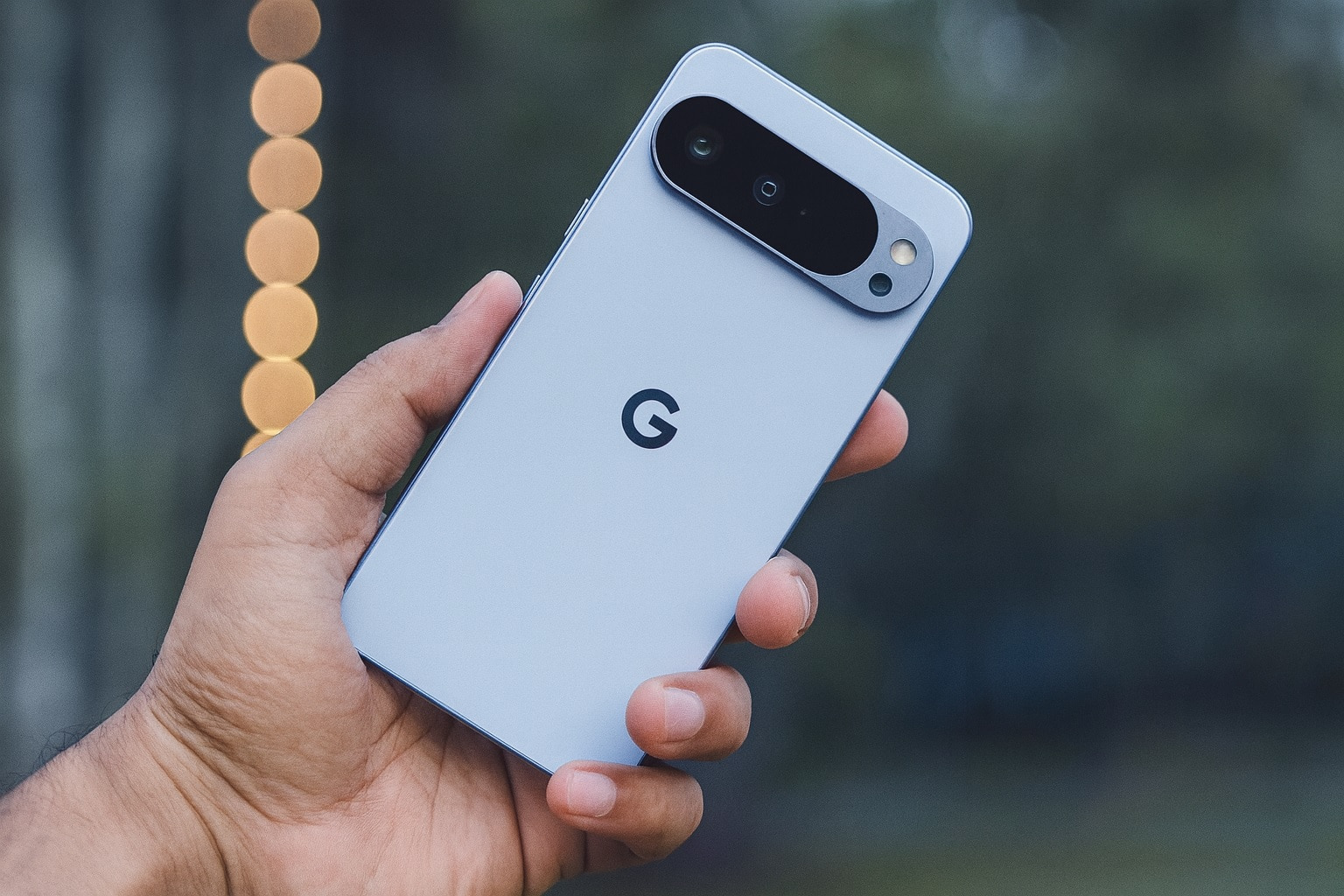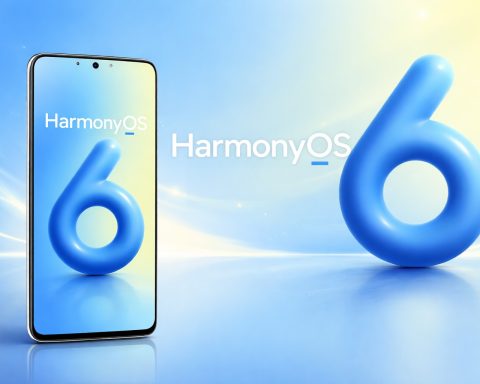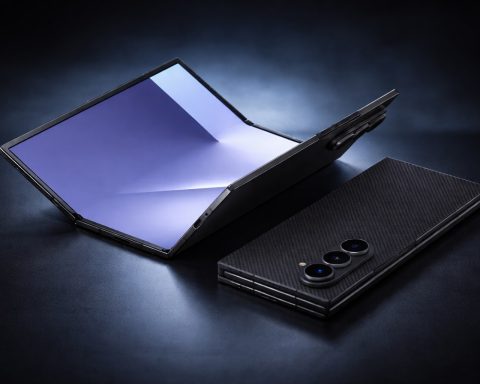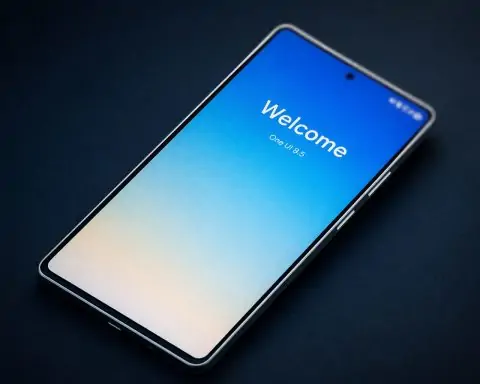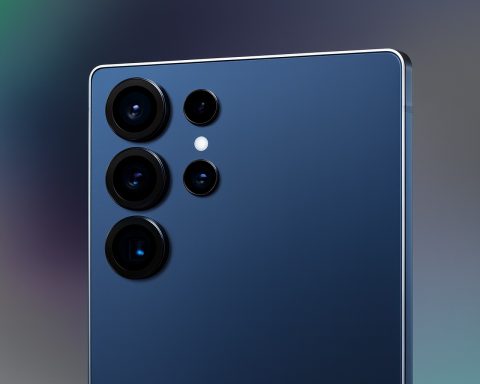- Google confirms GPU fixes: Google has acknowledged the Pixel 10’s graphics performance issues and confirmed that more GPU driver updates are coming to improve the phone’s gaming and graphics performance [1].
- Sluggish gaming performance: Pixel 10 owners have reported lag, freezing, and low frame rates in graphics-heavy games like Genshin Impact, blaming outdated GPU drivers for the subpar performance [2]. Even a popular title dropped support for the Pixel 10’s GPU, highlighting the severity of the issue [3].
- Outdated driver identified: The Pixel 10 series launched with an Imagination PowerVR GPU on an older driver version (v24.3), while a newer driver (v25.1) adding Android 16 compatibility and Vulkan 1.4 support has been available since August – but not yet implemented on the devices [4]. This outdated software is believed to be a key factor holding back the Pixel 10’s graphics capabilities.
- Google’s planned updates: Google says it already included some GPU driver tweaks in recent patches (the September and October updates) and is “continuing to improve driver quality” in ongoing monthly and quarterly updates [5]. The company plans to roll out further GPU driver improvements in upcoming releases to boost performance [6].
- Expert caution: Updating to the latest drivers should deliver a noticeable boost in Pixel 10’s graphics performance and stability, but experts caution it may not fully close the gap with more powerful rival phones [7]. The Pixel 10’s GPU is inherently less potent than competitors’, so driver updates alone, while helpful, won’t completely overcome its limitations [8].
- Update coming by year’s end: The next major Pixel software update (the quarterly “Pixel Drop”) is expected in December 2025, which is likely when Google will deploy the new GPU driver [9]. If so, Pixel 10 users could see improved graphics performance by the end of the year – a welcome relief after months of complaints.
Pixel 10’s Graphics Performance Under Fire
The Google Pixel 10 launched as a flagship, but its graphics performance has disappointed many users and reviewers. On paper, the Pixel 10’s Tensor G5 chip and PowerVR DXT-48-1536 GPU should offer solid gaming capabilities, yet real-world tests showed the phone struggling. In fact, the Pixel 10’s GPU scores in benchmarks have been far below expectations – barely one-third of what the previous-generation Pixel 9 Pro achieved, and just a fraction of rival devices like Samsung’s Galaxy S25 [10]. Users quickly noticed problems during everyday use, from unusual stutters and lag in 3D games to excessive battery drain even during simple video playback [11].
Enthusiasts investigating the issue discovered a likely culprit: the Pixel 10’s GPU was stuck at its idle clock speed (around 396 MHz) even under heavy load, instead of ramping up to its full 1 GHz frequency [12]. In other words, the graphics chip wasn’t firing on all cylinders due to a software snafu. “The Google Pixel 10’s new GPU is underperforming… This issue, likely caused by an outdated driver, is hurting the phone’s overall performance,” one analysis explained [13]. The phone’s graphics power was effectively throttled by a driver glitch, leaving the Pixel 10 performing worse in games than some mid-range phones. Early adopters reported that demanding games would drop frames or crash, and that the device ran warm and drained battery quickly when handling graphics tasks [14]. These reports flooded forums and Reddit, with many owners frustrated that a brand-new premium phone felt underpowered in gaming [15].
The root of the problem traces back to software. Google shipped the Pixel 10 with a GPU driver that was already outdated. The Pixel 10’s PowerVR graphics was running driver version 24.3 at launch [16]. However, Imagination Technologies – the maker of the PowerVR GPU – had released a newer driver (version 25.x) around the same time, featuring critical updates for the latest Android OS and graphics APIs. Google hadn’t integrated this update. “Imagination released a newer driver (v25.1) in August that adds Android 16 compatibility, Vulkan 1.4 support, and other performance improvements. But Google hasn’t yet rolled out this update to the Pixel 10 series,” Android Authority noted [17]. In essence, Pixel 10’s hardware was capable of more, but the old driver software kept it from reaching its potential. This mismatch left Google’s newest flagship outgunned by older models and competing devices in graphics performance.
Google Responds: GPU Updates on the Way
Facing mounting complaints, Google has finally responded with a promise to set things right. In a statement given to Android Authority, a Google spokesperson confirmed that GPU driver updates are in the works for the Pixel 10. “We are continuing to improve driver quality in our monthly and quarterly system updates… In future releases we are planning further GPU driver updates,” the company assured [18]. Google even pointed out that it wasn’t entirely idle on this issue – the spokesperson noted that the recent September and October patch releases “included driver improvements” aimed at the Pixel 10’s graphics [19]. In short, Google acknowledges the performance gap and is using software updates to try to fix it.
This confirmation has been welcomed by Pixel 10 owners as a sign that a fix is on the horizon. However, Google’s carefully worded statement also leaves some room for interpretation. The company stopped short of detailing exactly what the upcoming GPU updates will entail. It did not explicitly say, for example, “we will update to Imagination’s latest driver version imminently.” Instead, the phrasing was a bit vague – essentially promising ongoing minor improvements. Tech experts note that while the commitment is reassuring, it’s “unclear whether a whole new driver version is on the cards” or if Google will simply continue with incremental tweaks [20]. In other words, Google hasn’t yet guaranteed the major GPU overhaul that enthusiasts are hoping for. “Phone makers do improve graphics performance through periodic updates, but major GPU updates can be rare,” Android Authority observes, tempering expectations [21]. Pixel 10 users are eager for a big leap in performance, not just small fixes for minor glitches – but Google is playing it cautious in its promise.
The good news is that Google publicly acknowledging the GPU issue is a crucial first step. This indicates the company is actively working on the problem, and Pixel 10 owners have been told, in no uncertain terms, that relief is coming via software updates [22]. The timeline hasn’t been specified (Google declined to give a firm date [23] [24]), but at least users now know that their complaints about graphics slowdowns were heard and will be addressed. For a phone that earned criticism in reviews for its underwhelming gaming performance, this is a much-needed course correction from Google.
New Driver Could Mean Big Performance Gains
What can Pixel 10 owners expect once Google delivers these GPU driver updates? If Google indeed upgrades the Pixel 10 to the latest Imagination PowerVR driver (the v25 series), the phone’s graphics performance should see a significant boost. The updated driver is designed to make the Pixel’s GPU fully compatible with Android 16 (the Pixel 10’s shipping OS) and introduce support for Vulkan 1.4, a modern graphics API that can improve gaming efficiency and visual effects [25]. In practical terms, this means the Pixel 10’s GPU would finally be running the software it was meant to run – unleashing the chip’s full 1.5 TFLOPS potential, fixing quirks, and optimizing how games and apps utilize the hardware [26]. Tasks like high-end 3D games, augmented reality apps, and even the phone’s own UI animations could become smoother and more stable once the driver is updated.
Google has a track record of squeezing more performance out of its phones through such updates. For example, past Pixel models saw stealthy GPU boosts via driver updates bundled in feature drops and Android version upgrades [27]. These behind-the-scenes improvements have in some cases delivered “significant performance improvements” in graphics without any hardware change [28]. There is optimism that the Pixel 10 will follow suit. If the new driver allows the Pixel 10’s GPU to finally scale up its clock speed and properly manage its workloads, users could see higher frame rates in games, fewer stutters, and improved overall responsiveness. Anecdotally, some Pixel 10 early testers have noted that even minor GPU patches in recent months slightly reduced app crashing and UI lag – a full driver update should amplify these gains dramatically.
That said, no software update can completely rewrite hardware reality. Analysts caution that while the Pixel 10’s graphics will improve, the phone might still not match the raw GPU performance of the latest iPhones or Galaxy flagships. The Tensor G5 chip’s GPU was not as powerful to begin with, and even a perfect driver can only do so much. As one report bluntly put it, the Pixel 10 Pro’s gaming performance currently sits at about the same level as a two-year-old Galaxy S23 – and even with new drivers, “driver updates alone won’t fix its limitations” in comparison to the competition [29]. In other words, Pixel 10’s GPU will likely remain the bottleneck that keeps it a step behind phones running Qualcomm or Apple chips in graphics-heavy scenarios [30]. Google’s own marketing has focused more on AI features and efficiency than brute-force graphics, and that philosophy won’t change overnight.
However, from a user standpoint, the upcoming driver upgrade is still a big deal. It should address the major pain points – the unexplained lags, app crashes, and compatibility problems that have plagued Pixel 10 owners. Even if a fully updated Pixel 10 won’t suddenly beat an iPhone in a graphics showdown, it will at least perform like the premium phone it’s supposed to be. The experience of playing popular games and using visual apps on the Pixel 10 should markedly improve. The difference could be night and day for titles that were nearly unplayable on the Pixel 10 at launch due to the driver bug. “Much-needed graphics performance improvements” are on the way, Google promises [31] [32], and that is something Pixel fans can cheer about.
When Will the Pixel 10 Get the Update?
Google has not given an exact date for when the Pixel 10’s GPU driver fix will arrive, but all signs point to the forthcoming Pixel Feature Drop as the delivery vehicle. These “Pixel Drops” are quarterly Android updates that add new features and improvements to Google’s phones, and the next one is scheduled for December 2025. In its statement, Google explicitly mentioned its monthly and quarterly update cadence [33] – and tech watchers note that “the next Pixel Drop is expected in December”, which is likely when the big GPU update will land [34]. A recent TechRadar report suggested that if your Pixel 10’s gaming performance is below par now, that “might change by the end of the year” once the December update rolls out [35]. In practical terms, Pixel 10 owners should keep an eye out for the December software patch, which could carry the new driver and any related firmware changes to finally unlock the phone’s graphics prowess.
It’s worth noting that as of late October, the fixes had not yet appeared in beta releases. Google has been testing Android 16 quarterly updates for Pixel devices, and even the latest Pixel 10 beta (Android 16 QPR2 Beta 3.1) did not include the new GPU driver yet [36]. This indicates that Google was still working on the driver integration and aiming to include it in a later build – further pointing to the December timeframe or a similar near-future update for the stable rollout. Google typically prefers to deliver GPU driver changes in major updates (to allow ample testing and bundling with other system optimizations) [37]. So, while impatient users may wish for an immediate OTA fix, the more realistic scenario is a comprehensive update in a few weeks’ time rather than an overnight patch. The company has declined to provide a more specific timeline when asked [38], likely to give itself flexibility in testing the solution.
Whenever it arrives, the expected GPU driver update will be a pivotal moment for the Pixel 10 series. It could transform the user experience for those who bought a Pixel 10 or Pixel 10 Pro and were disappointed by its graphics performance. Many early adopters voiced that the Pixel 10 felt like a step backward in gaming compared to the Pixel 9 Pro – an unusual and frustrating situation for a new generation device [39] [40]. Google now has the opportunity to redeem the Pixel 10’s reputation on this front. If the December update (or another upcoming patch) indeed delivers the promised driver upgrades, Pixel 10 owners should finally get to enjoy the full power of their device’s GPU. The phone won’t magically turn into a gaming beast, but it will at least run games and graphical apps the way it was intended to, without inexplicable slowdowns.
Bottom line: Google is actively working to fix the Pixel 10’s graphics woes through software. An updated GPU driver – already available from the GPU vendor – is set to be deployed to Pixel 10 phones soon, likely as part of the year-end feature drop. This update aims to supercharge the Pixel 10’s graphics performance, resolving the lag and stability problems that have dogged the device since launch. While it may not make the Pixel 10 the fastest gaming phone on the market, it will certainly narrow the performance gap and deliver the smoother experience that Pixel users expect. After a rocky start, the Pixel 10 series could soon live up to its flagship status with this graphics boost, giving owners reason to hold on and look forward to a much-improved experience in the coming weeks [41] [42].
Sources: Google spokesperson via Android Authority [43] [44]; Android Authority analysis by A. Sharma [45] [46]; TechRadar report by D. Nield [47] [48]; Android Central report by S. Bhatia [49] [50]; Android Headlines report by J. Leon [51] [52]; Forbes/Gadgets360 report [53] [54].
References
1. www.androidauthority.com, 2. www.androidauthority.com, 3. www.androidauthority.com, 4. www.androidauthority.com, 5. www.androidauthority.com, 6. www.androidauthority.com, 7. www.gadgets360.com, 8. www.gadgets360.com, 9. www.androidauthority.com, 10. www.androidheadlines.com, 11. www.androidheadlines.com, 12. www.androidheadlines.com, 13. www.androidheadlines.com, 14. www.androidheadlines.com, 15. www.androidauthority.com, 16. www.androidheadlines.com, 17. www.androidauthority.com, 18. www.androidauthority.com, 19. www.androidauthority.com, 20. www.androidauthority.com, 21. www.androidauthority.com, 22. www.androidauthority.com, 23. www.androidauthority.com, 24. www.androidauthority.com, 25. www.androidauthority.com, 26. www.androidcentral.com, 27. www.androidheadlines.com, 28. www.androidheadlines.com, 29. www.gadgets360.com, 30. www.gadgets360.com, 31. www.androidcentral.com, 32. www.androidcentral.com, 33. www.androidauthority.com, 34. www.androidauthority.com, 35. www.techradar.com, 36. www.androidcentral.com, 37. www.androidauthority.com, 38. www.androidauthority.com, 39. www.androidheadlines.com, 40. www.gadgets360.com, 41. www.techradar.com, 42. www.androidauthority.com, 43. www.androidauthority.com, 44. www.androidauthority.com, 45. www.androidauthority.com, 46. www.androidauthority.com, 47. www.techradar.com, 48. www.techradar.com, 49. www.androidcentral.com, 50. www.androidcentral.com, 51. www.androidheadlines.com, 52. www.androidheadlines.com, 53. www.gadgets360.com, 54. www.gadgets360.com
